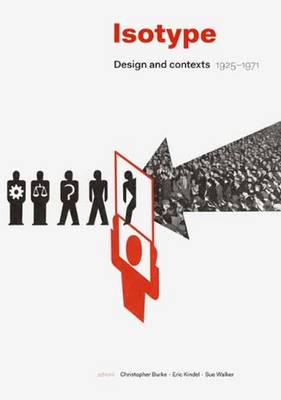Publisher's Synopsis
The work in graphic communication carried out by Otto Neurath and his associates - now commonly known simply as Isotype - has been the subject of much interest in recent years. Conceived and developed in the 1920s as 'the Vienna method of pictorial statistics', this approach to designing information had from its inception the power to grow and spread internationally. Political developments in Europe forced the issue, and production moved to the Netherlands (1934) and to England (1940), where the Isotype Institute continued to produce work until 1971. The Austrian, Dutch, and English years of Isotype are described here freshly and extensively. There are chapters on the notable extensions of Isotype to Soviet Russia, the USA, and Africa. Isotype work in film and in designing for children is fully documented and discussed. Between these main chapters the book presents interludes documenting Isotype production visually. Three appendices reprint key documents. In its international coverage and its extensions into the wider terrain of history, his book opens a new vista in graphic design. Christopher Burke, 'The Gesellschafts- und Wirtschaftsmuseum in Wien (Social and economic museum of Vienna), 1925-34' - Robin Kinross, 'The graphic formation of Isotype, 1925-40' - Benjamin Benus 'Figurative constructivism and sociological graphics' - Emma Minns, 'Picturing Soviet progress: Izostat, 1931-4' - Hisayasu Ihara, 'Isotype in America: Otto Neurath and Rudolf Modley' - Christopher Burke, 'Animated Isotype on film, 1941-7' - Sue Walker, 'Graphic explanation for children, 1944-7' - Eric Kindel, 'Isotype in Africa, 1952-8' - Christopher Burke, 'Pictogram design: Vienna and beyond Christopher Burke' - Appendices: - Otto Neurath, 'Social and economic museum of Vienna', 1925 - Marie Reidemeister, 'The modern hieroglyphic script', 1928 - Marie Neurath, 'Social and economic museum of Vienna, 1925-34' -

























